Deck & Commander Strategies
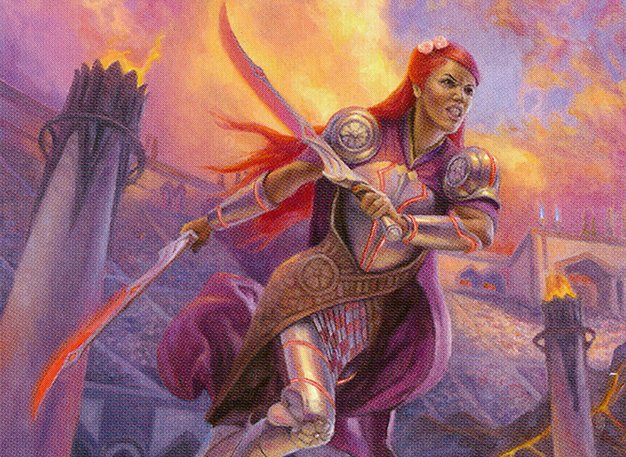
Najeela, the Blade-Blossom
Generate multiple warrior tokens and use Najeela's ability to create infinite combat phases, enabling overwhelming damage and combo kills.
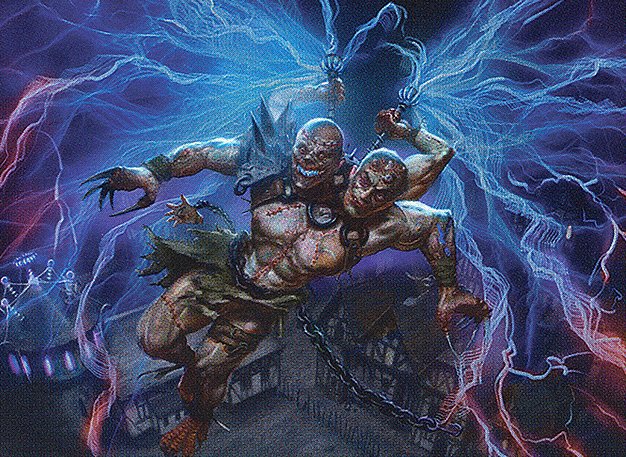
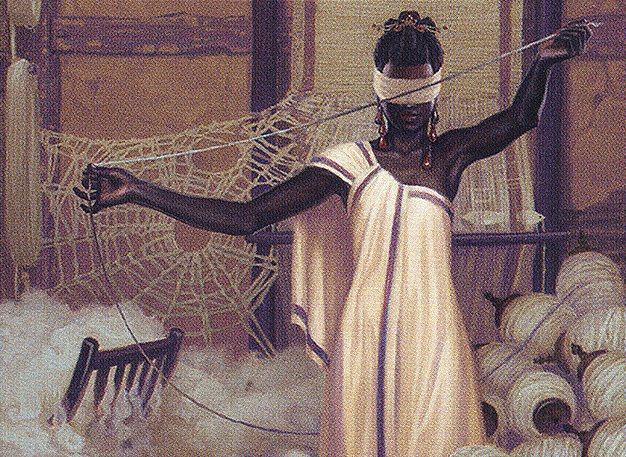
Tymna the Weaver & Kraum, Ludevic's Opus
Gain card advantage through combat damage and card draw engines, control the board with disruption, and execute two-card combos to win.
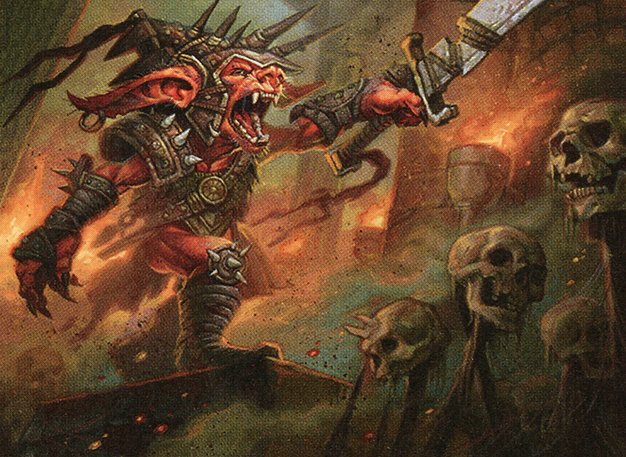
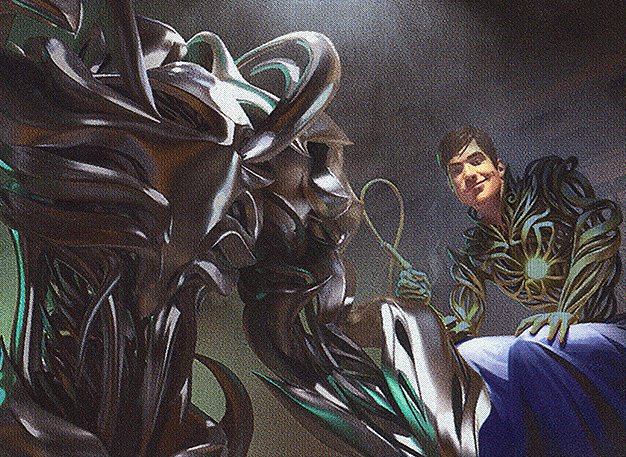
Rograkh, Son of Rohgahh & Silas Renn, Seeker Adept
Leverage zero mana commander and cheap aggressive creatures to quickly apply pressure, using fast mana and disruption to outpace opponents.

Rakdos, the Muscle
Utilize sacrifice and fight mechanics to exile one's own library and control the board, aiming to grind out opponents through resource denial and incremental damage.
Gameplay Insights
- 1
Players carefully timed their second spells each turn due to Loa, Corrupt Sheriff's taxing effect, which drained life and created treasures, influencing sequencing decisions.
- 2
The presence of Ragavan pressured opponents with treasure generation and card advantage, forcing defensive plays and shaping attack choices.
- 3
Fierce Guardianship and Pyroblast were pivotal in protecting key creatures and preventing combos, underscoring the importance of interaction in cEDH.
- 4
Najeela's potential for infinite combat phases created a constant threat that dictated opponents' attacking and blocking behavior.
- 5
Blue Farm's plan relied on surviving early aggression and assembling card draw and combo pieces while navigating the aggressive board states created by other decks.
Notable Cards
-

Najeela, the Blade-Blossom
-

Tymna the Weaver
-

Kraum, Ludevic's Opus
-

Rograkh, Son of Rohgahh
-

Silas Renn, Seeker Adept
-

Rakdos, the Muscle
-
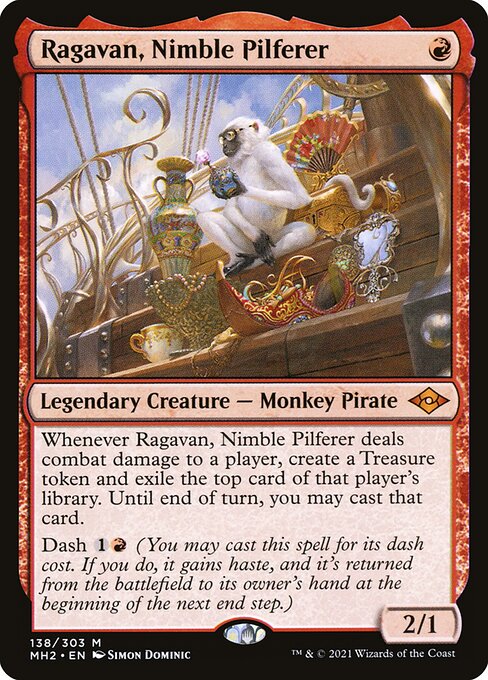
Ragavan, Nimble Pilferer
-
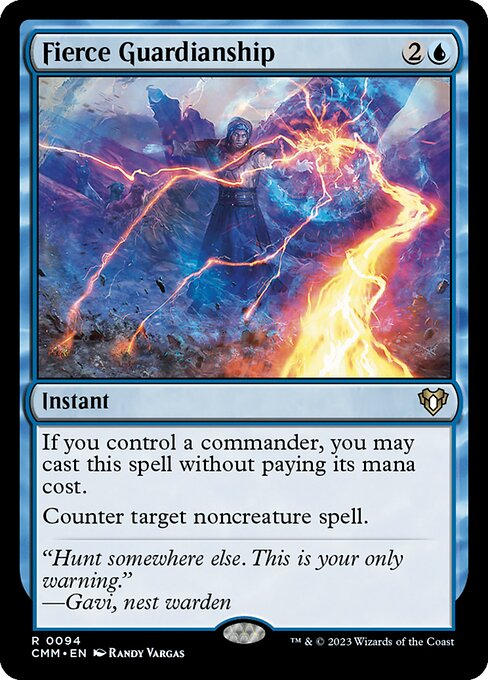
Fierce Guardianship
-
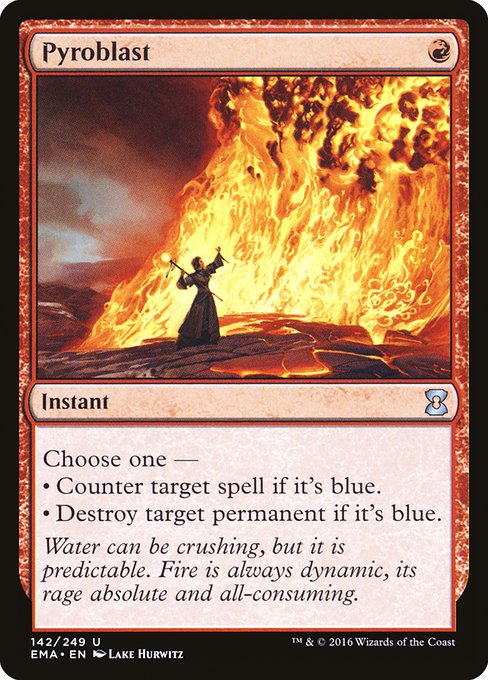
Pyroblast
-
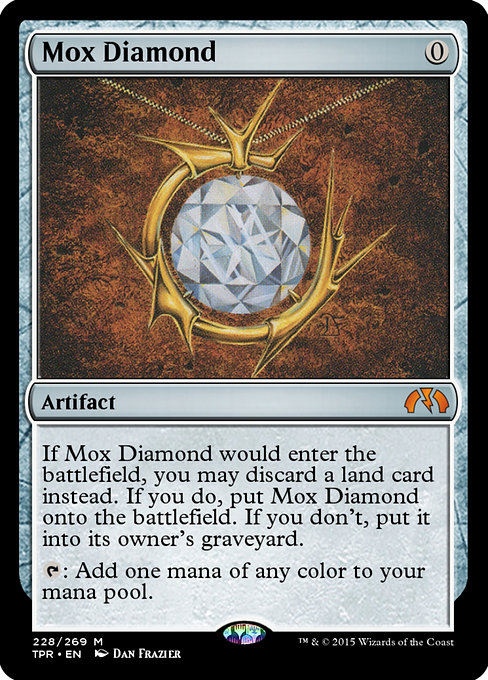
Mox Diamond
Gameplay Summary
The game began with all players developing their mana bases and establishing early board presence.
Olivia on Najeela, the Blade-Blossom aimed to go wide with warrior tokens and leverage infinite combat phases to overwhelm opponents.
Alex piloted a Blue Farm deck led by Tymna and Kraum, focusing on card advantage and control elements to assemble a two-card combo for victory.
Elliot's Rograkh/Silas Renn deck sought to capitalize on cheap, aggressive creatures and quick mana acceleration for fast damage and disruption.
Aaron's Rakdos deck pursued a fight-oriented strategy, utilizing sacrifice and exile mechanics to control the game and gradually grind out opponents. Early turns featured typical cEDH pacing with land drops, fetches, and key utility creatures such as Ragavan and Death Shaman establishing board states.
Players interacted through spells like Fierce Guardianship and Pyroblast to protect threats or counter pivotal plays.
Notably, Loa, Corrupt Sheriff taxed second spells, adding pressure on opponents to carefully sequence their plays.
Najeela generated warrior tokens and threatened to turn the combat phase into a lethal sequence if unchecked.
Meanwhile, Blue Farm sought to survive long enough to deploy its combos, relying on card draw engines and disruption. As the game progressed, the tension rose with players balancing aggression and defense.
Ragavan's ability to generate treasures and card advantage became a focal point, and players negotiated attacks and blocks with awareness of Najeela's potential to explode into infinite combat.
The Rakdos player aimed to leverage sacrifice synergies to control the board and set up a kill.
Key moments revolved around counterspells and protection spells that decided whether combos could be assembled or threats answered.
The game highlighted classic cEDH dynamics of fast mana, efficient interaction, and combo execution under pressure.









































